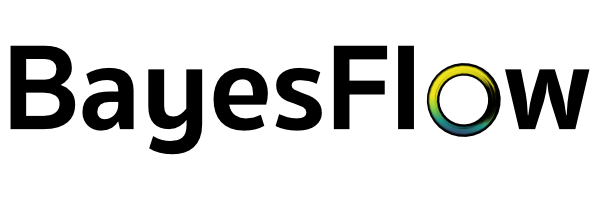calibration_curve#
- bayesflow.utils.calibration_curve(targets: ndarray, estimates: ndarray, *, pos_label: int | float | bool | str = 1, num_bins: int = 5, strategy: str = 'uniform')[source]#
Compute true and predicted probabilities for a calibration curve.
The method assumes the inputs come from a binary classifier, and discretize the [0, 1] interval into bins.
Code from: scikit-learn/scikit-learn
- Parameters:
- targetsarray-like of shape (n_samples,)
True targets.
- estimatesarray-like of shape (n_samples,)
Probabilities of the positive class.
- pos_labelint, float, bool or str, default = 1
The label of the positive class.
- num_binsint, default=5
Number of bins to discretize the [0, 1] interval. A bigger number requires more data. Bins with no samples (i.e. without corresponding values in estimates) will not be returned, thus the returned arrays may have less than num_bins values.
- strategy{‘uniform’, ‘quantile’}, default=’uniform’
Strategy used to define the widths of the bins.
- uniform
The bins have identical widths.
- quantile
The bins have the same number of samples and depend on y_prob.
- Returns:
- prob_truendarray of shape (num_bins,) or smaller
The proportion of samples whose class is the positive class, in each bin (fraction of positives).
- prob_predndarray of shape (num_bins,) or smaller
The mean estimated probability in each bin.
References
Alexandru Niculescu-Mizil and Rich Caruana (2005) Predicting Good Probabilities With Supervised Learning, in Proceedings of the 22nd International Conference on Machine Learning (ICML).

